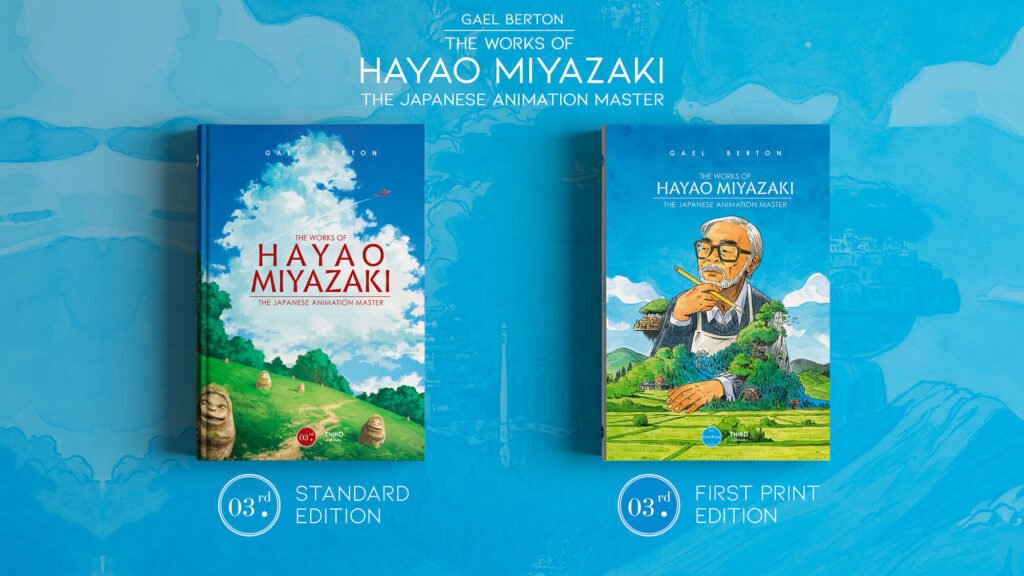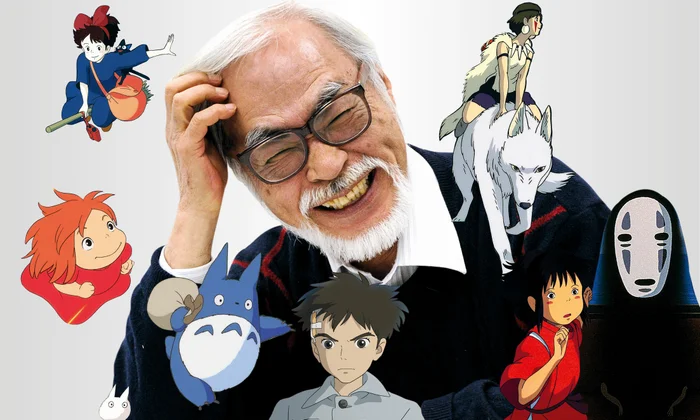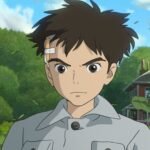Exploring the Masterpieces of Hayao Miyazaki: A Deep Dive into His Iconic Works
Hayao Miyazaki is a name synonymous with the very best of Japanese animation. As a co-founder of Studio Ghibli and the creative force behind some of the most beloved animated films in history, Miyazaki has left an indelible mark on the world of cinema. His works are celebrated not only for their breathtaking artistry but also for their rich storytelling, complex characters, and profound themes. In this post, we’ll take a deep dive into some of Miyazaki’s most iconic masterpieces, exploring the elements that make them timeless.
1. Spirited Away (2001): A Journey into the Spirit World
Plot Summary:
Spirited Away tells the story of a young girl named Chihiro who stumbles into a mysterious and magical world ruled by spirits, witches, and gods. To save her parents, who have been transformed into pigs, Chihiro must navigate this strange world, find her inner strength, and uncover the secrets of the bathhouse where she works.
Themes and Analysis:
One of Miyazaki’s most acclaimed works, Spirited Away is a masterful blend of fantasy and reality. The film explores themes of identity, greed, and the loss of innocence. Chihiro’s journey is a metaphor for growing up and finding oneself in a world that is often confusing and overwhelming. The richly detailed world, populated by unforgettable characters like the enigmatic No-Face and the formidable Yubaba, serves as a backdrop for a story that resonates with audiences of all ages.
Artistic Brilliance:
Visually, Spirited Away is a feast for the eyes, with every frame brimming with intricate details. The film’s animation is fluid and expressive, bringing to life a world that feels both otherworldly and deeply familiar. Miyazaki’s use of color, light, and shadow enhances the mood of each scene, making Spirited Away a visual and emotional masterpiece.
2. My Neighbor Totoro (1988): The Magic of Childhood

Plot Summary:
My Neighbor Totoro follows the story of two young sisters, Satsuki and Mei, who move to the countryside with their father while their mother recovers from an illness. In their new home, they encounter a giant, friendly forest spirit named Totoro, who takes them on magical adventures.
Themes and Analysis:
At its heart, My Neighbor Totoro is a celebration of the innocence and wonder of childhood. The film captures the magic of everyday life through the eyes of its young protagonists, highlighting the importance of imagination, nature, and family. Unlike many animated films, Totoro lacks a traditional antagonist, focusing instead on the joys and challenges of life and the comforting presence of the titular character.
Artistic Brilliance:
Totoro is known for its serene and pastoral visuals, with the lush countryside and simple rural life depicted with love and care. The design of Totoro himself is iconic, representing a gentle and nurturing force in the lives of Satsuki and Mei. The film’s slower pace allows the audience to fully immerse themselves in the beauty of its world, making it a timeless classic.
3. Princess Mononoke (1997): A Tale of Conflict and Coexistence
Plot Summary:
Princess Mononoke is set in a mythical past where humans, gods, and spirits coexist. The story follows Ashitaka, a young prince who becomes embroiled in a conflict between a mining town, led by the ambitious Lady Eboshi, and the gods of the forest, who are led by the fierce Princess Mononoke.
Themes and Analysis:
This film is perhaps Miyazaki’s most complex and mature work, dealing with themes of environmentalism, industrialization, and the conflict between nature and humanity. Princess Mononoke does not present clear heroes or villains; instead, it explores the shades of gray in each character’s motivations. The film challenges viewers to consider the consequences of human actions on the natural world and the possibility of coexistence between opposing forces.
Artistic Brilliance:
Princess Mononoke is visually stunning, with its epic battle scenes and detailed depictions of both the natural world and human settlements. The animation captures the grandeur and brutality of the conflict, while also highlighting the beauty and fragility of nature. Miyazaki’s ability to create a world that feels both ancient and timeless is on full display, making Princess Mononoke a landmark in animated filmmaking.
4. Howl’s Moving Castle (2004): A Story of Transformation
Plot Summary:
Howl’s Moving Castle follows the story of Sophie, a young woman who is cursed by a witch and transformed into an old woman. Seeking to break the curse, Sophie finds herself in the company of the mysterious wizard Howl, whose moving castle is as enigmatic as he is.
Themes and Analysis:
This film explores themes of transformation, self-discovery, and the impact of war. Sophie’s journey is one of self-acceptance, as she learns to embrace her inner strength despite her outward appearance. Howl, on the other hand, is a character caught between his desire for freedom and his responsibilities, reflecting the film’s anti-war sentiments. The film’s portrayal of magic as both wondrous and dangerous adds depth to its narrative.
Artistic Brilliance:
Howl’s Moving Castle is a visual marvel, with the titular castle being one of the most imaginative creations in Miyazaki’s filmography. The film’s blend of European-inspired settings with Miyazaki’s distinct artistic style creates a unique and captivating world. The animation is vibrant and fluid, with the magical elements of the story brought to life in spectacular fashion.
5. Nausicaä of the Valley of the Wind (1984): A Visionary Environmental Epic
Plot Summary:
Set in a post-apocalyptic world, Nausicaä of the Valley of the Wind follows the story of Nausicaä, a princess who seeks to bring peace to her war-torn land. The world is ravaged by toxic jungles and giant insects, and Nausicaä must navigate the tensions between different factions while uncovering the secrets of the world’s ecological devastation.
Themes and Analysis:
Miyazaki’s environmental concerns are at the forefront in Nausicaä, a film that reflects his deep respect for nature and his anxiety about humanity’s destructive tendencies. The character of Nausicaä embodies hope and compassion, striving to heal the wounds of the world rather than conquer it. The film’s exploration of the interconnectedness of all living things and the consequences of environmental neglect remains highly relevant today.
Artistic Brilliance:
Nausicaä features sweeping landscapes and intricate designs that convey the vastness and danger of its world. The animation brings to life the awe-inspiring yet terrifying creatures and environments that define the film’s setting. Miyazaki’s use of color and composition adds to the film’s epic and, at times, haunting atmosphere.
Conclusion
Hayao Miyazaki’s works are more than just animated films; they are cinematic masterpieces that resonate with audiences on a deep, emotional level. Each of his films offers a unique blend of artistry, storytelling, and thematic depth, making them timeless pieces of cinema. Whether exploring the magic of childhood in My Neighbor Totoro, the complexity of human-nature relationships in Princess Mononoke, or the journey of self-discovery in Howl’s Moving Castle, Miyazaki’s films continue to inspire and captivate viewers around the world. Through his visionary storytelling and unparalleled animation, Miyazaki has created a legacy that will endure for generations to come.



